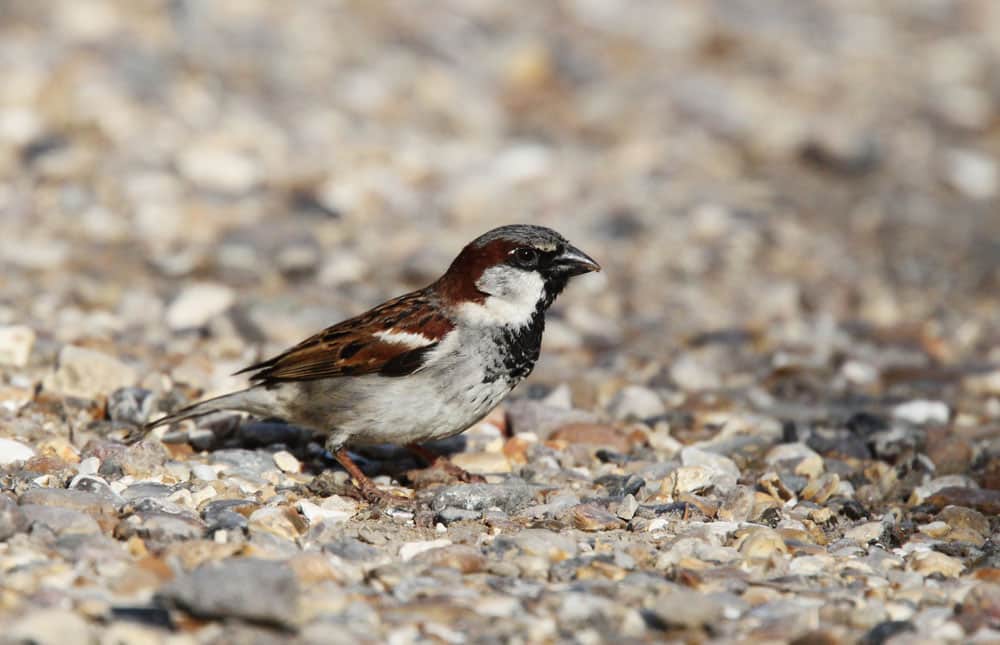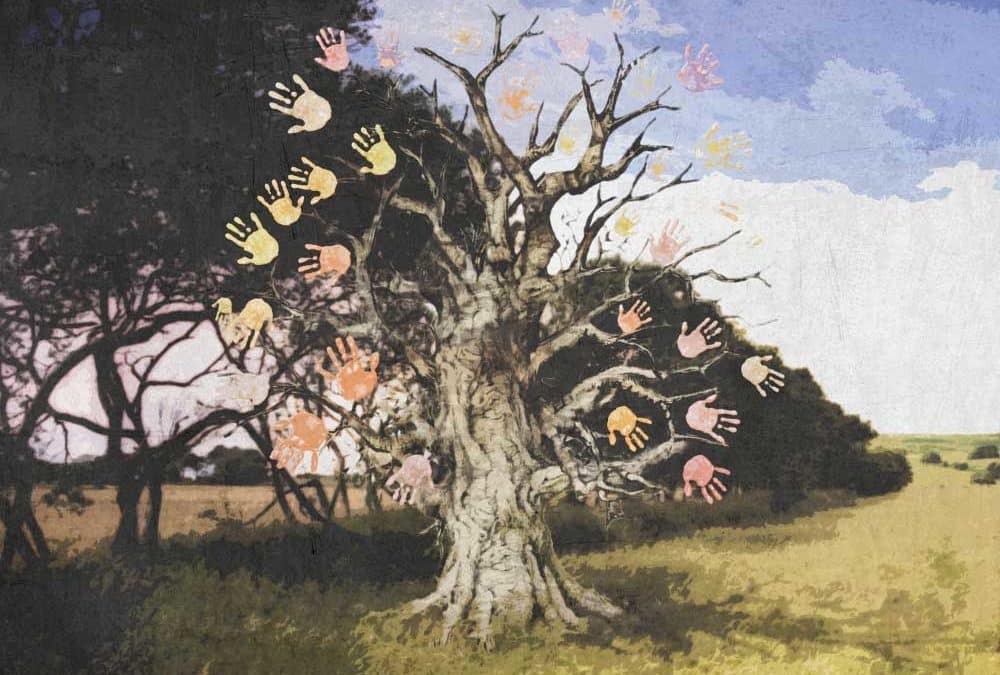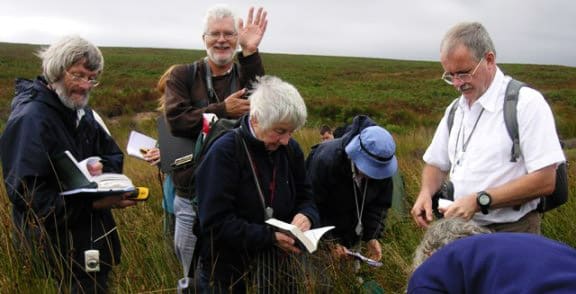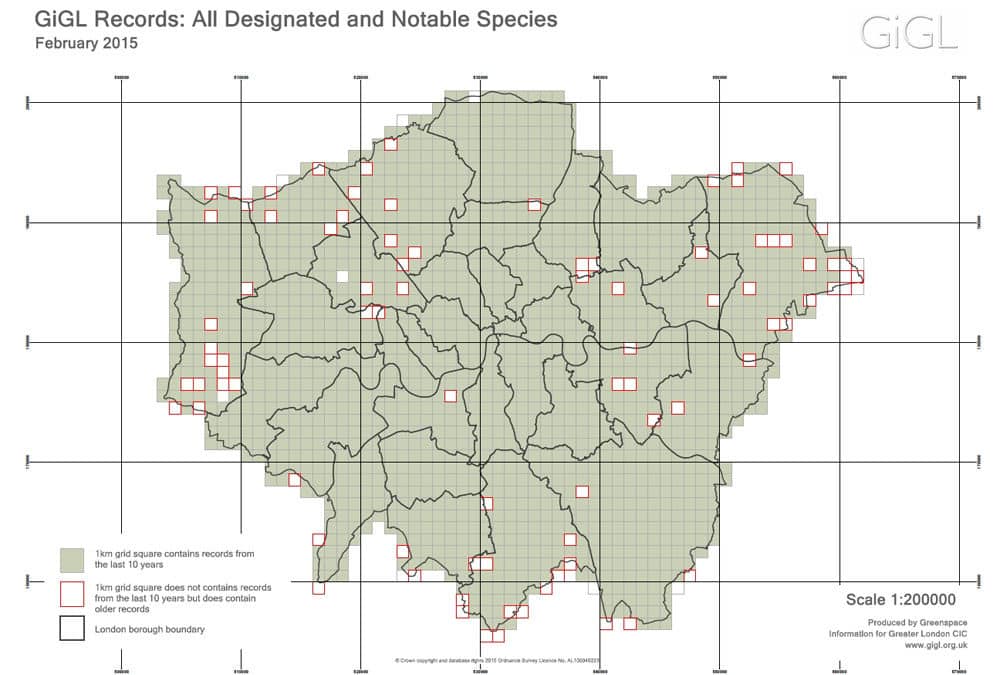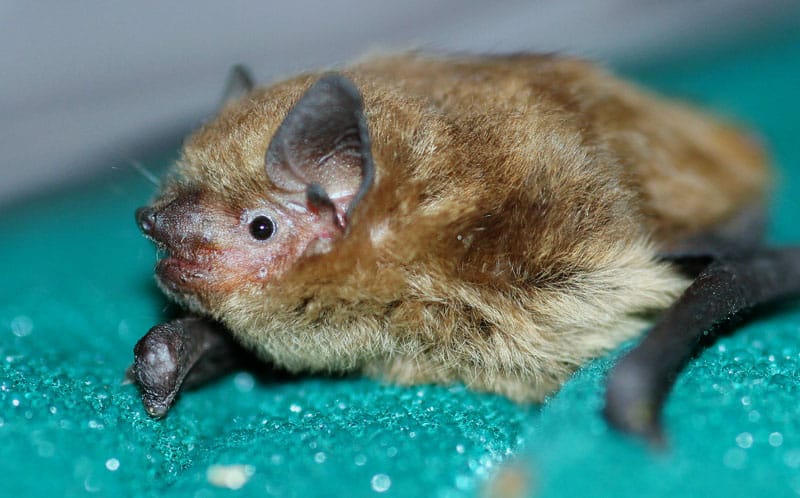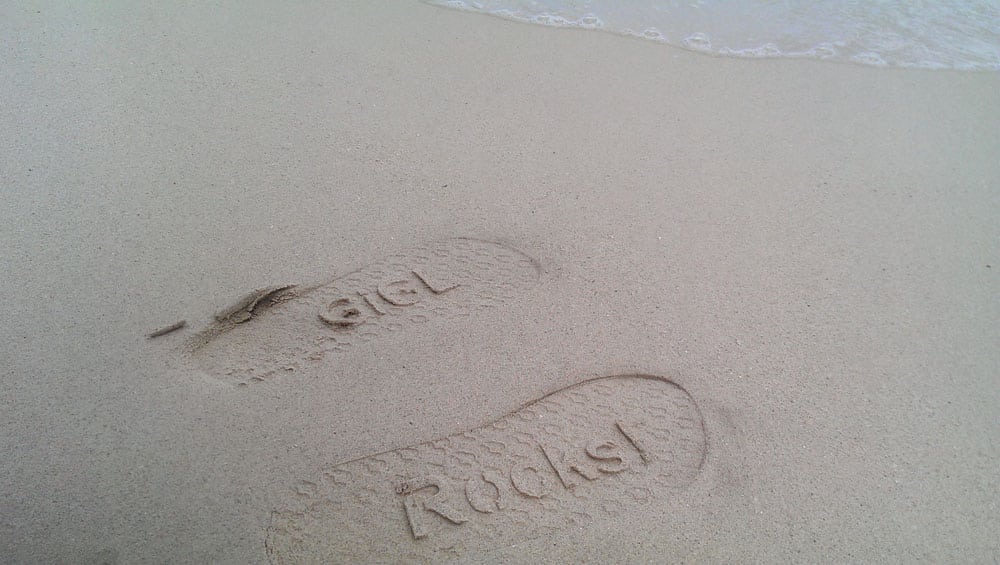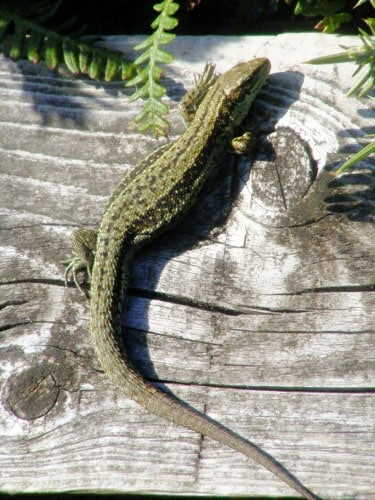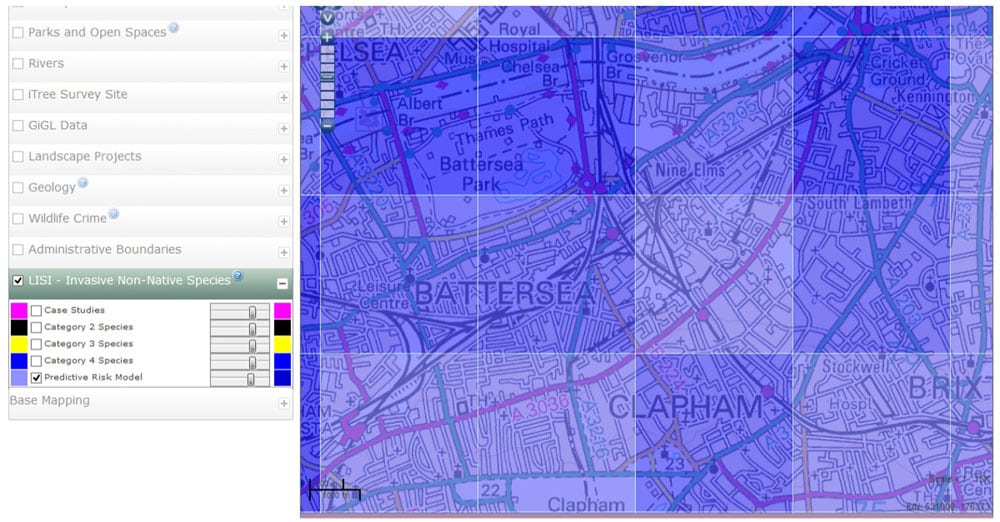LNHS remit is the study and recording of natural history, archaeology and other kindred subjects especially within twenty miles of St Paul’s Cathedral. Things have moved on since John Swindell’s article in the July 2006 issue. The LNHS and GiGL exchange biological records on a regular basis and GiGL has frequently been able to assist LNHS in …
